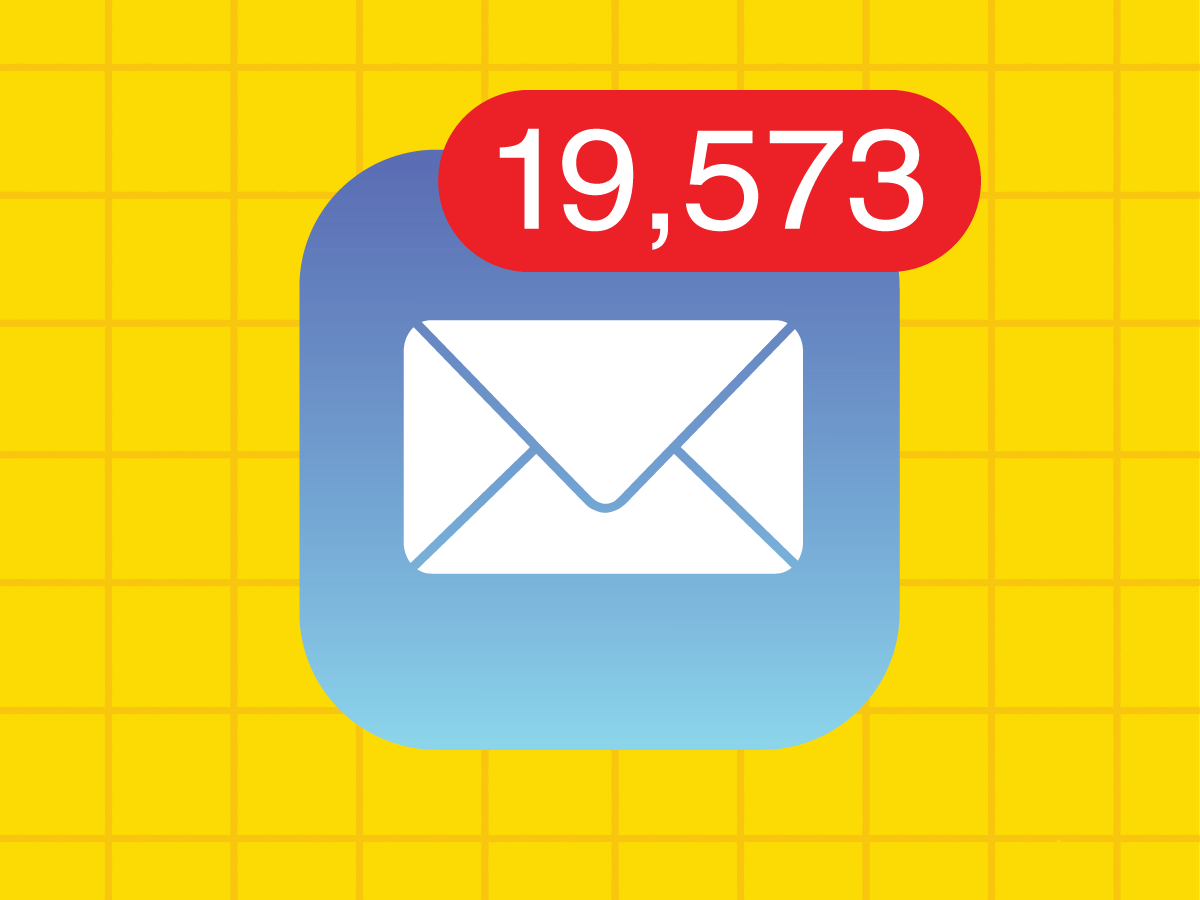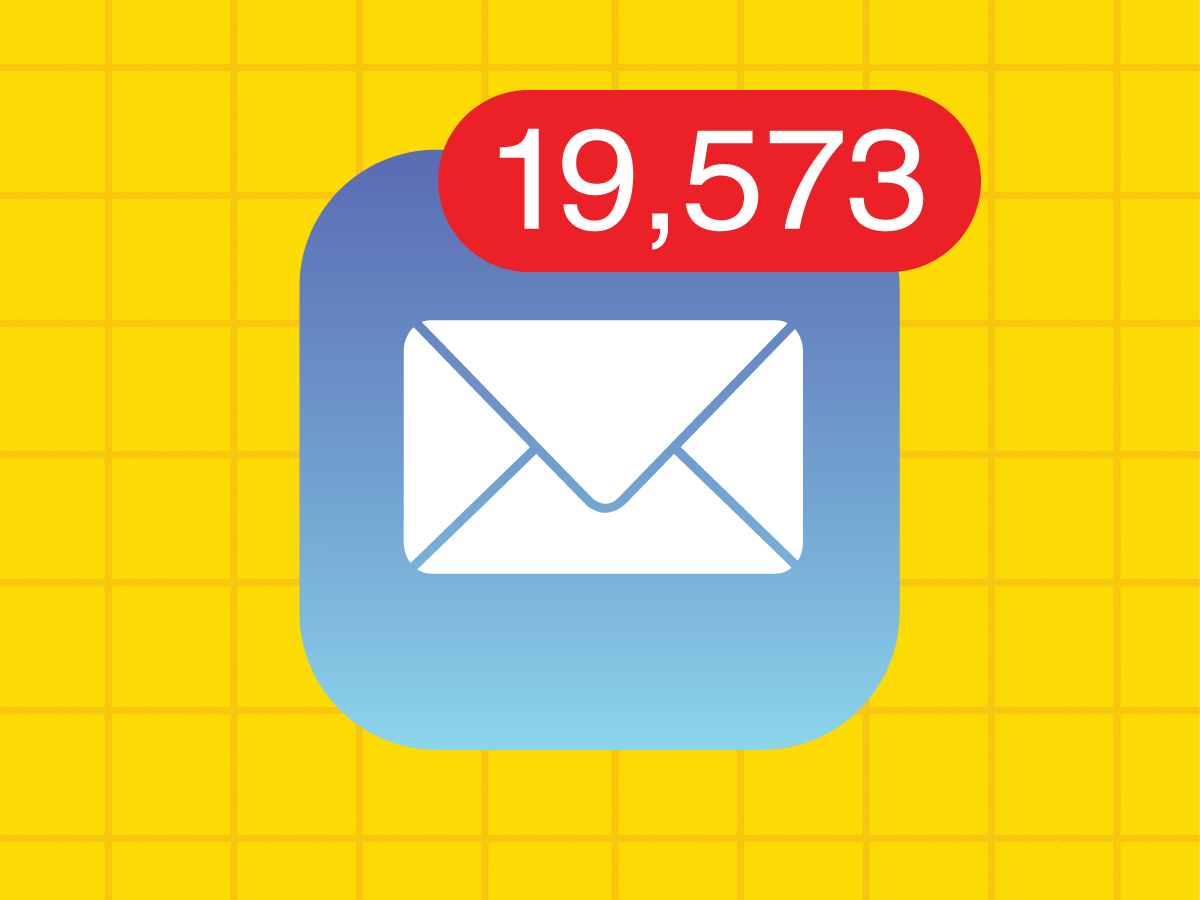
5 ways to get your email under control right now
 “Stop treating your inbox like your to-do list,” says Ann Gomez, a productivity consultant. “Marking things as unread or flagging doesn’t help prioritize, it just creates chaos in your inbox.”
“Stop treating your inbox like your to-do list,” says Ann Gomez, a productivity consultant. “Marking things as unread or flagging doesn’t help prioritize, it just creates chaos in your inbox.”
Staring at an inbox with hundreds—or even thousands—of unread emails is a problem for many busy professionals. Apart from the stress, trying to manage your inbox takes you away from your other priorities.
“The most productive people in the world are really good at managing their inbox,” said Ann Gomez, a Toronto-based productivity consultant and author of The Email Warrior — How To Clear Your Inbox and Keep It That Way. “People who find that their day escapes them spend a lot of inefficient time in their inbox.”
But how do you tackle your inbox when you’re getting between 50-250 emails every day? The experts have a few tips for this overwhelming task.
1. DEDICATE TIME
Sometimes being productive means turning off your email alerts and not looking at your email all day. “Email is a huge source of distraction,” says Gomez. “People tend not to realize how much of their day is absorbed and disrupted by email.”
If you treat your email like a game of whack-a-mole, you’re not being effective, says Bruce Mayhew, a Toronto-based corporate trainer, conference speaker and executive coach.
“Your best bet is to set up a time—it could be three times a day, or 10 minutes every hour—so you can stay focused on email and then stay focused on your important work.”
2. ORGANIZE RIGHT AWAY
While you’re in an email session, Gomez suggests treating your email like a lineup of people waiting to be served—open each one and deal with it.
“A lot of people open an email, read it, close it and come back to it later. Doing that creates redundancy in your day because you’re going to have to read it again that afternoon or next week,” she said.
Whether you decide to delete, tag or archive your emails, the key is getting things out of your inbox.
“Stop treating your inbox like your to-do list,” Gomez said. “Marking things as unread or flagging doesn’t help prioritize, it just creates chaos in your inbox. Then you have to spend more time going through and deciding which are urgent.”
She suggests creating a separate to-do list outside of your inbox, where you can categorize, prioritize and differentiate between what needs your attention.
3. WRITE BETTER EMAILS
“The way that I write email is possibly an indicator of how much email I have in my inbox,” Mayhew said. “Are you being clear so that your email is easy to read, easy to understand and easy to respond to?”
That includes not writing big blocks of text without paragraph breaks. Your email style might even influence how, or if, you get a response. “If I’m not a good email writer, it’s likely my inbox is full of follow-ups and then it’s a time-management problem. Instead of taking a minute to write an email, now I have to write that first email and second email and so on.”
4. DON’T CC ME
One tip Mayhew has for leaders is to get their staff to stop CCing them on so many emails.
“The feedback I get from management is they have just this onslaught of emails they receive every day—and so much of it is stuff they don’t need to look at.”
Mayhew says staff often CC their boss to either cover themselves, or to escalate their request. “But then you’re taking up somebody’s really valuable leadership time. So it’s a culture thing—they need to spend some time and say, ‘Here’s our culture, don’t CC me on this.’”
5. CONSIDER EMAIL BANKRUPTCY
Email bankruptcy is when you ignore and delete all emails older than a certain date as an attempt to get your inbox under control. So should you declare email bankruptcy? Depends, says Gomez. “It’s a tempting concept, but I find most professionals aren’t really in a position where they can do that.”
Often, it comes down to how old the emails are. The lifetime of an email is short—it’s about a month on the high end, Gomez says.
“It’s reasonable to declare email bankruptcy on things from months ago. But as a client-facing professional, you should probably go through the last month of your email and pull out anything you still have to do and put it on your to-do list.”
LEARN MORE ABOUT PRODUCTIVITY
An overwhelmingly long to-do list won’t help you get things done. Learn more about the myth of multitasking. And get the most from your Outlook with these three tips.